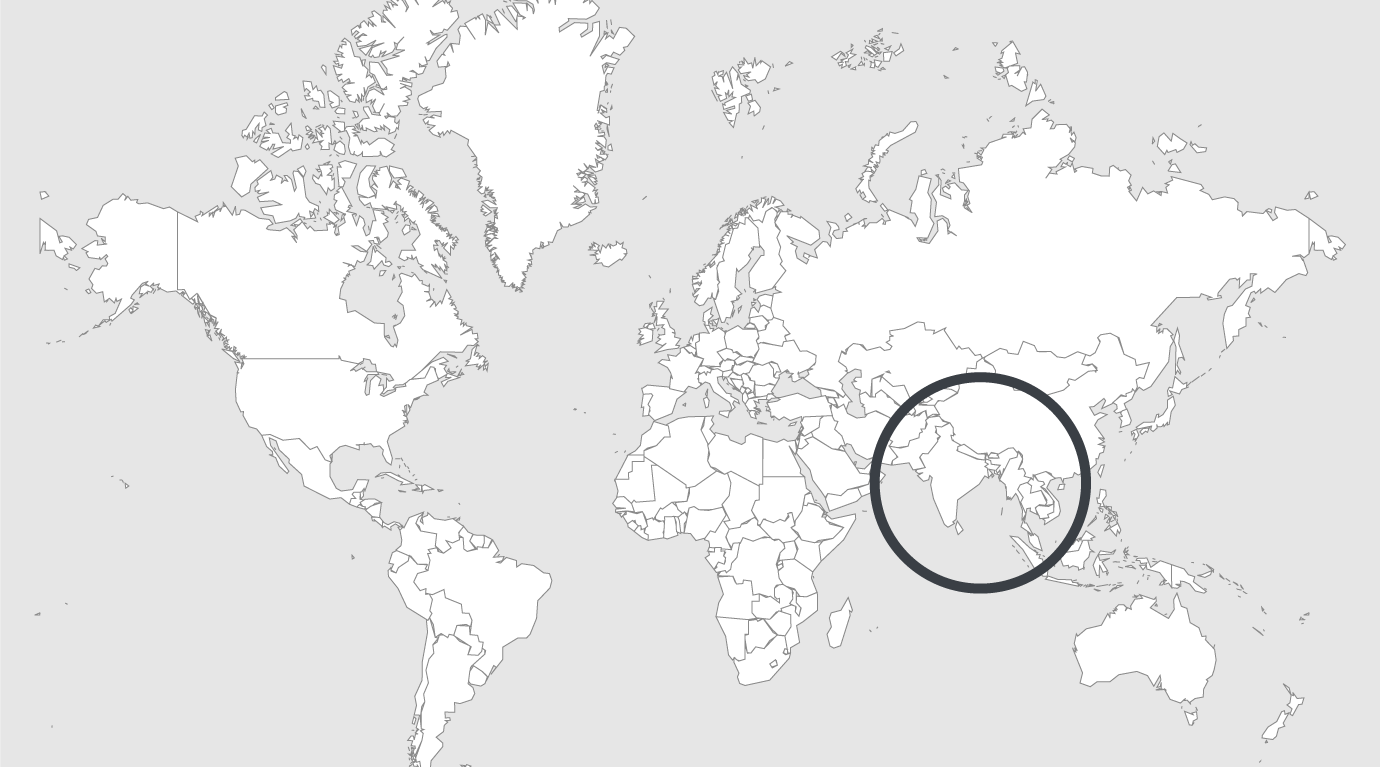
Explore
Bangladesh: Biometric prisoner database to enhance prison management
The biometric data base was created by the UNODC with assistance from the U.S. Department of State. It was first rolled out as a test at Kashimpur Central Jail 2 and Gazipur District Jail in June 2019. According to UNODC, by implementing a modern electronic database that captures prisoners’ biometric details, Bangladesh can achieve a more efficient management of the prison system with reduced errors.
Prison employees can use a desktop application for all prisoner activities, such as admission, sending prisoners to court hearings, transferring prisoners to another prison or hospital, release on bail or acquittal.
When new inmates arrive, their fingerprints will be run in the database to see if they are already part of the system. Personal details will also be collected.
The biometric database was officially introduced by Home Minister Asaduzzaman Khan on Tuesday at a launching ceremony in Dhaka in front of high-profile guests, such as U.S. Ambassador to Bangladesh Earl Miller and UN Resident Coordinator Mia Seppo.
“We have to design a continuation of this project to expand the system in other prisons,” he said.
Seppo said the United Nations in Bangladesh “brings its collective expertise in support of the government of Bangladesh, and this cooperation is essential to development and implementation of national policies and legal frameworks, to bring in effective criminal justice reforms.”
“In accordance with its mandate, the UN collaborates on a number of areas with Bangladesh to strengthen the rule of law and good governance, including prison reforms,” she said.
In September, The Election Commission of Bangladesh introduced a separate server to collect personal and biometric fingerprint information of people in the Rohingya ethnic minority displaced from Myanmar, to prevent refugee voting fraud.
Read original article
